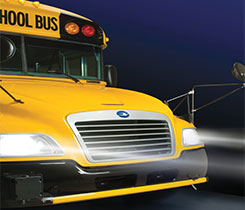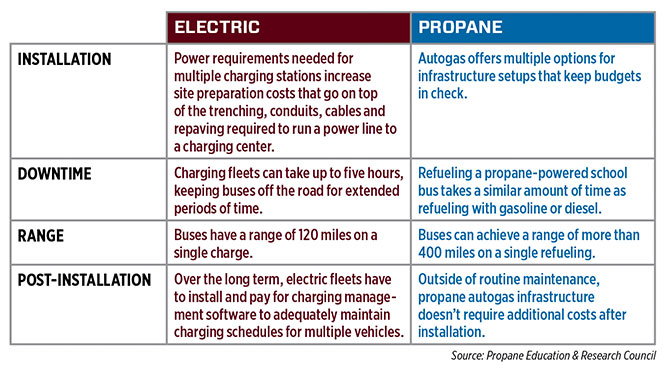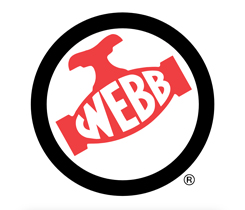Three points about propane school buses
A three-person panel representing different aspects of the propane-powered school bus market discussed propane autogas at the 2019 NPGA Southeastern Convention & International Propane Expo in Atlanta. Panel members included propane marketer Chad Bojarski of Energys USA Inc. & Tri State Testing; John Thomas, a representative from Eastern Carver County Schools in Chaska, Minnesota; and Paul Fiereck, a Blue Bird bus distributor from North Central Bus & Equipment. Andy Ernst, the market development and marketing manager for CHS, led the discussion.
1. PROPANE BUSES CAN BENEFIT THE SCHOOL DISTRICT

Propane-powered school buses can save school districts money in the long-term. Photo courtesy of the Propane Education & Research Council.
Between 2008-09, Thomas said, diesel bus maintenance and the fuel became too costly for his Minnesota school district. Thomas looked into compressed natural gas, hybrid options and propane as possible alternatives, but decided on propane.
“We decided propane was a great alternative for us and a good solution,” Thomas said. “We have been a success story, and we are very happy with it.”
Eastern Carver County Schools has been using propane school buses since 2009. Today, the school district has about 70 propane-powered buses in its 110-bus fleet.
Propane-powered school buses save school districts money in the long term, cost less to maintain, can start in bitter cold weather and have a fuel range comparable to gasoline or diesel.
“Maintenance guys like working on propane buses once they see how easy it is and how less often [they are] in the shop,” Bojarski said.
2. MARKETERS CAN GROW THEIR GALLONS
Bojarski noticed a drop in gallon sales (from the residential market) before putting 55 propane-powered buses into service. The fuel used to power those buses accounted for a 1.5-million-gallon increase, making up for any lost gallons from the residential side, he says.
“It is a profitable and sustainable way to grow your gallons,” he noted.
Bojarski says a 50-60 propane-powered bus fleet will need 200,000-225,000 gallons of propane a year.
3. KNOW THE TALKING POINTS AND CONSIDER PARTNERSHIPS
Fiereck laid out three challenges that marketers need to overcome when talking to school districts about converting to propane-powered buses: skepticism of the new technology, facility additions that may be needed by the school district, and concerns about where the propane will come from.
Fiereck said the third point is the biggest hurdle to overcome, but working with your state association and partnering with a bus manufacturer will help.
Fiereck added school districts are always mindful of budgets, so it is important to emphasize the cost savings propane provides in the long term.
Propane vs electric school buses
If a school district in your area is comparing electric or propane school bus additions to their existing fleets, here are four important comparisons to present to the bus fleet decision-makers:

Source: Propane Education & Research Council
Click in enlarge
















